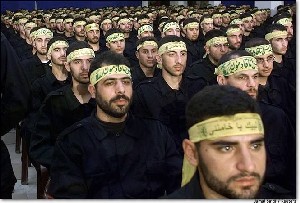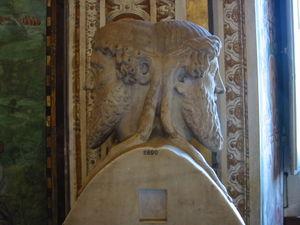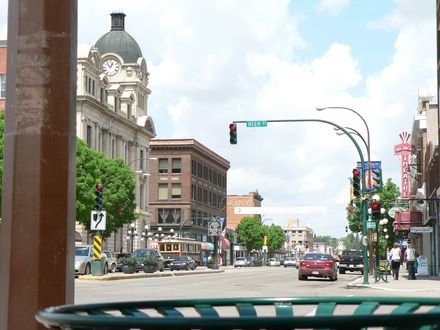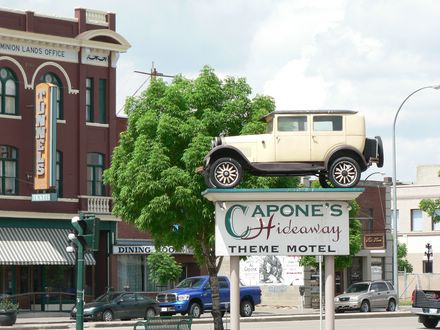 |
Before reading scripture non-sacrificially, that is, before coming to the place of reading all of scripture through the lens of the gospel, I was a "just war" advocate. In a way, reading the Bible through the Gospels instead of the other way around is the only way to read it against yourself, instead of for yourself, an admonition, I believe, of Karl Barth.
Anyway, before this kind of slow organic existential realization, I reckoned the best a Christian can do in the face of conflicting biblical messages about violence and about God, and in the face of practical realities of human rivalry, is to accept Augustine’s "just war" theory.
The criteria for Just War is:
the damage inflicted by the aggressor on the nation or community of nations must be lasting, grave, and certain;
all other means of putting an end to it must have been shown to be impractical or ineffective;
there must be serious prospects of success;
the use of arms must not produce evils and disorders graver than the evil to be eliminated.
 |
Now, if there is an attractive aspect of "just war" it’s this: If administrations agreed upon these criteria, almost all of the wars over the centuries could not have been justly waged.
But then, it makes one wonder if there has ever been a "just war" and wonder, even, if there can ever be one…especially considering the last condition. So even as a pacifist, "just war" in this strict sense, seems somewhat attractive.
Of course WWII and the Nazi Holocaust is always used as the lynch-pin to support "just war" and to dismiss pacifism out of hand. However, while entry into WWII might pass the "just war" test, the argument would be on much better footing without the two nuclear strikes upon Japan. But that’s what happens in war; that is the ’spirit’ of war. Restraint becomes impossible. Violence blinds us and war becomes it’s own reason. (This is one of the lessons in Chris Hedges’ book, "War is a Force that gives us Meaning.")
 |
As well, there’s also the historical scholarship that says that if Germany wasn’t so demoralized by the Treaty of Versailles, Hitler would never have risen to power in the first place. That we help create Stalin’s Hitler’s, Hussein’s, Khomeini’s, and Bin Laden’s, through our exploitive policies and scapegoating violence, not to mention our inability to "wage just war," is evident enough. The Middle East is too clear an example.
I may be wrong but I don’t see Jesus endorsing "just war." I see Jesus as peace-giver. But I also see Jesus as angry at injustice, and as actively putting himself in the way of oppression, but always in a non-violent way. Jesus was a pacifist, but he was never passive.
Technorati Tags: Jesus, Just War, Nazi Holocaust WWII, Chris Hedges, Stalin, Bin Laden, Christianity, Peace, Violence






